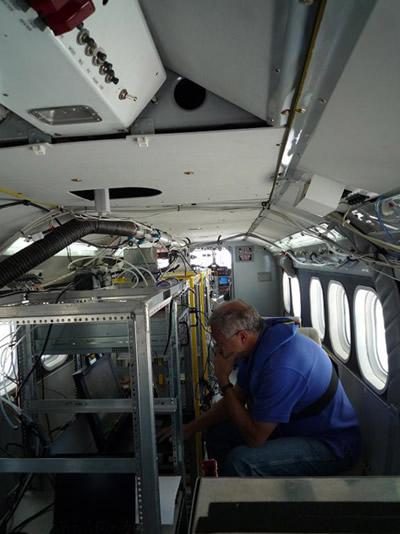
Image courtesy of Patrick Chuang. | ||||
| ||||
You might also be interested in:

Traveling Nitrogen Classroom Activity Kit
Check out our online store - minerals, fossils, books, activities, jewelry, and household items!...more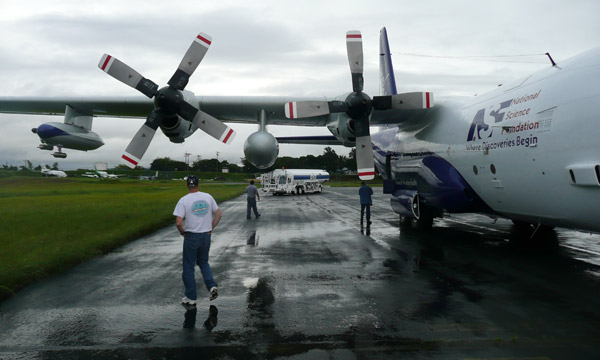
En Route to Chile on the C-130 Airplane
Jobs in science can be both interesting and challenging. As an example, consider the travel involved. On October 11, 2008 we left Colorado headed for Corpus Christi (Texas), the first leg of a three day...more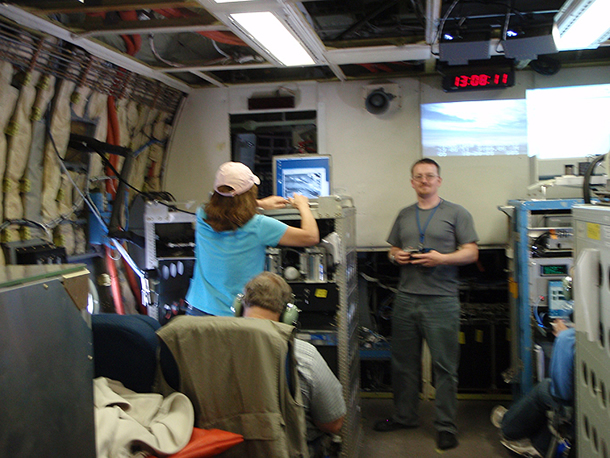
End of an Exciting Flight
This photograph was taken at the end of the first C-130 flight sampling Pocket of Open Cells (POCs) regions within the stratus clouds that are more open. They have interested cloud scientists because it...more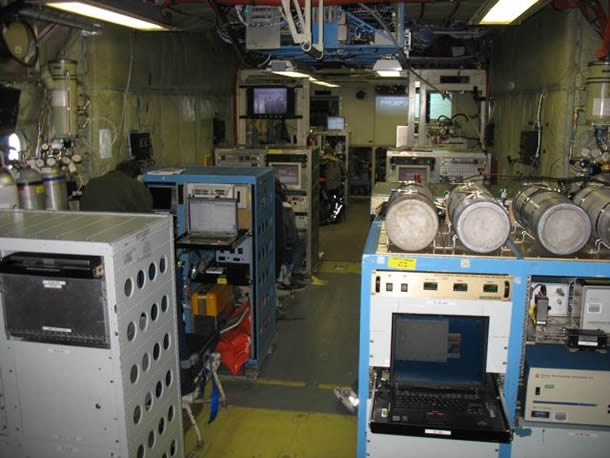
Where Are the Windows?
I really wish I had a window on the C-130 airplane. As you can see, the cabin of the C-130 is very different from most airplanes you have probably seen. There are far fewer seats and there are racks of...more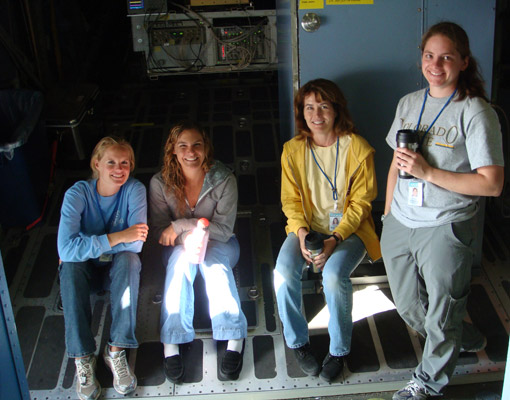
Herculean Women
When I began working on research aircraft in 1988, there were very few women involved. Often I was the only one actually flying on the aircraft, collecting data. Over those 20 years, I've seen a small...more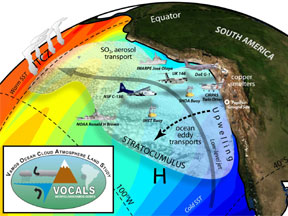
Introduction to VOCALS Science
How big of a 'laboratory' would you need to conduct experiments on a climate system? Well, that probably depends on which part of Earth's climate system you want to study. In the case of the VOCALS, the...more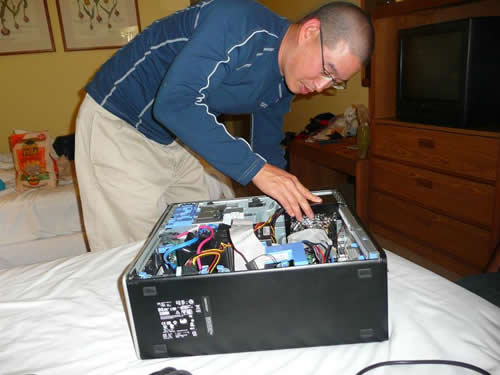
Greetings from Iquique!
I've participated in numerous field measurement campaigns over the past 14 years, and one of the interesting aspects of doing so is living and working in a place that is very different from my normal home...more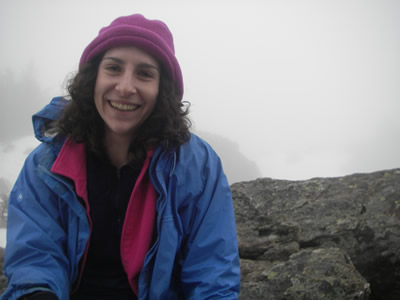
Rhea George
Many students in atmospheric science were motivated to enter the field by some fascinating extreme weather event experienced as a child. This was not the case with me. When I was an undergraduate I was...morePlease log in
Science Blogs
Real Climate: climate science from climate scientists

Windows to the Universe, a project of the National Earth Science Teachers Association, is sponsored in part is sponsored in part through grants from federal agencies (NASA and NOAA), and partnerships with affiliated organizations, including the American Geophysical Union, the Howard Hughes Medical Institute, the Earth System Information Partnership, the American Meteorological Society, the National Center for Science Education, and TERC. The American Geophysical Union and the American Geosciences Institute are Windows to the Universe Founding Partners. NESTA welcomes new Institutional Affiliates in support of our ongoing programs, as well as collaborations on new projects. Contact NESTA for more information.




